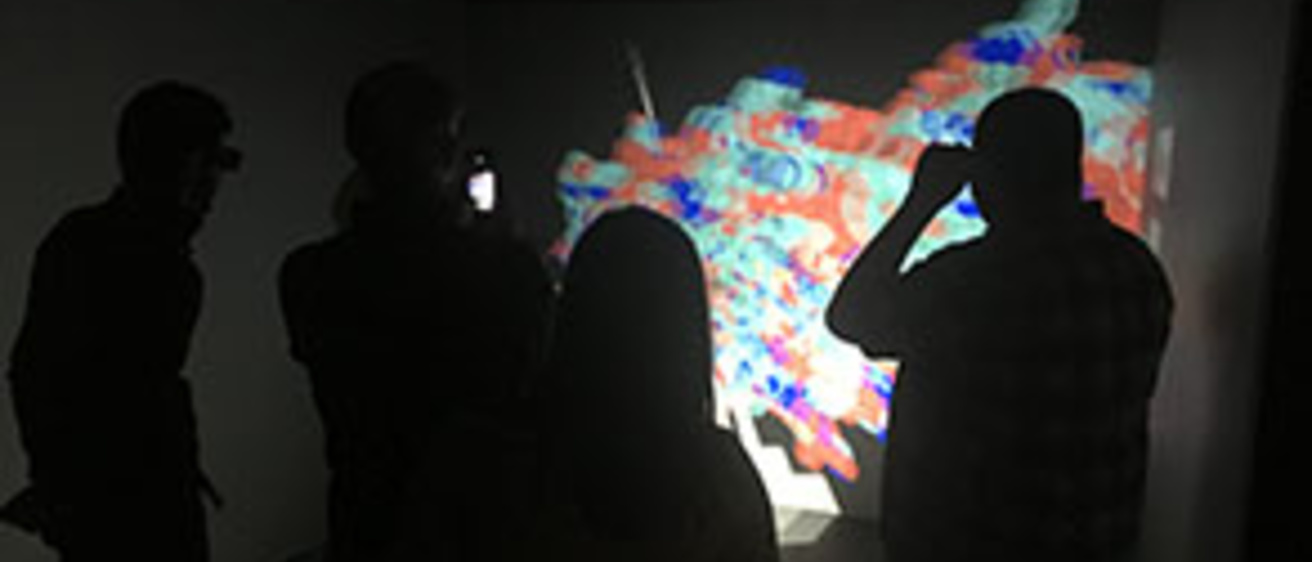
Breadcrumb
- Home
- Labs
- Virtual and Augmented Reality Business Unit
- Equipment and Facilities
Equipment and Facilities
The Iowa Technology Institute has decades of experience in simulation. VARBU has been able to leverage that experience in order to assemble a variety of VR hardware, software, and expertise.
HTC Vive
The HTC Vive is a VR headset created by the HTC and Valve corporations. The headset features the option of “room scale” VR. Previously, most VR headsets were limited to seated experiences, but the Vive’s advanced tracking and scanning abilities allow for standing and even moving within a 15’ x15’ (diagonal 30’) space. The Vive uses “lighthouse” base station units to track photo sensors on the headset and controllers using lasers that flood the room space between lighthouses. The device contains two screens, one per eye, each with a resolution of 1080 x 1200 or 2160 x 1200 combined. The Vive also has a 90 hz refresh rate for smooth movement.
Oculus Rift
The Oculus Rift is a VR headset developed by Oculus VR, now a division of Facebook Inc. The Rift was really the catalyst for this new VR renaissance. The Rift has a stereoscopic OLED display with 1080 x 1200 resolution per eye and a 90 hz refresh rate. It has a 110 degree field of view with built-in headphones. The Rift uses a stationary infrared sensor that picks up light from emitters embedded in the head-mounted display.
3D Bio-Motion Research Lab
The 3D Bio-Motion Research Lab (3DBMRL) performs applied and basic research in human motion analysis. The lab is equipped with a Vicon motion-capture system with 12 SV cameras and a Motion Analysis system.
The Motion Analysis system features a 4-megapixel resolution with only 1-2 frame latency. It is a real-time-specific system with Eagle-4 digital cameras that can collect at up to 500 Hz with a shutter speed ranging from 0-2000 µs. The focal length can be adjusted from 18 to 52 mm. Sophisticated models for biomechanics and animation applications are available for the whole body and the hand. Visual3D software is used in the 3DBMRL to analyze and share data with collaborators for various testing scenarios. Visual3D data (collected from human subjects) can be used in human validation studies and to enhance simulation capabilities.
The 3DBMRL is committed to providing industry and government with innovative testing capabilities and analysis tools to study human motion and human response to external loading. Research activities include human response to whole-body vibration, design and control of structures under dynamics loading, real-time data collection, and human motion validation.